YouTube’s latest adjustment to its monetization policies signals a reckoning with the platform’s own restrictive history. For years, creators—especially those in gaming, comedy, and edgy commentary—have grappled with stringent guidelines that punish them for basic language choices. The recent change, allowing profanity—specifically strong language—within the first seven seconds while maintaining full ad revenue, hints at a recognition that the platform’s rigid rules may be hindering authentic, vibrant content. However, this move is far from a victory for creators; it reveals a problematic flip-flop that exposes the inherent contradictions in YouTube’s approach to moderation and advertising.
The core issue lies in the delicate relationship between free expression and commercial interests. YouTube has historically prioritized advertiser-friendly content, often at the expense of creators’ artistic freedom. Restrictive policies meant to protect brands inadvertently sanitized the platform, turning creators into cautious performers, hesitant to speak naturally for fear of demonetization. Now, with the latest update, there’s a superficial acknowledgment that content should retain its vitality without sacrificing revenue—yet beneath this veneer lies a complex web of restrictions that still evaluate language severity, context, and presentation.
Economics Over Authenticity: The New Normal?
This latest policy shift seems to be a response to mounting frustrations from content creators who felt stifled by YouTube’s earlier measures—particularly the rule that demonetized videos with profanity within the first 15 seconds. By reducing that window to seven seconds and allowing for monetization despite strong language, YouTube ostensibly offers creators more wiggle room. But this is a superficial concession that masks a deeper, uncomfortable reality: the platform’s primary aim remains economic stability and brand safety, often at the expense of creator authenticity.
While some might see the move as a progressive step—an acknowledgment that creators should express themselves freely—it’s equally a strategic move to retain content that’s edgier, more engaging, and more aligned with popular culture. Still, restrictions around the use of profanity in thumbnails and titles indicate that YouTube is trying to strike a balance rather than throw open the floodgates. This contradiction suggests that the platform is more interested in controlling the narrative than genuinely empowering creators to push creative boundaries.
Advertiser Expectations and the Power Dynamics
The real question revolves around the power dynamics between advertisers and creators. YouTube’s argument is that advertisers now have more targeted tools to reach specific audiences, and that’s why early profanity can be tolerated. But this overlooks the underlying reality: advertisers still hold the strings. They dictate what’s appropriate, how content is framed, and what boundaries are acceptable.
This dependence on advertiser sensibilities keeps creators in a precarious position. They must navigate a minefield of restrictions that are sometimes arbitrary, sometimes nuanced, and often inconsistent. The fact that moderate or frequent profanity still incurs restrictions underscores that the platform’s legalese and guidelines are more about placating big brand advertisers than about fostering genuine creative expression. Content that might be considered provocative, edgy, or fiercely authentic is still subject to censorship based on vague measures of “moderate” or “strong” profanity.
Implications for Free Expression and Content Diversity
While proponents might argue that this represents a middle ground that respects both creative freedom and brand safety, it ultimately stifles genuine diversity of voice. YouTube’s policies tend to favor content that appeals broadly and avoids controversy, which inherently limits the platform’s cultural richness. By allowing profanity only under specific circumstances, YouTube indirectly emphasizes a sanitized, commercialized vision of entertainment.
This policy reflects a deeper contradiction: in the quest for monetization, YouTube is slowly eroding its own identity as a platform for daring, boundary-pushing content. The influence of corporate interests continues to overshadow the foundational principle of a democratic space for free expression, especially for marginalized voices that rely on authentic language to convey truth and identity. The selective relaxation of profanity rules only reinforces that content creators are often caught between authentic expression and the platform’s commercial expectations.
The Future of Content Monetization Looks Murky
In the grand scheme, this policy shift is less about empowering creators and more about protecting YouTube’s bottom line. It indicates an adaptive but cautious approach: accept that edgy content is here to stay but impose enough restrictions to keep advertisers comfortable. This balancing act is unsustainable in the long run, as it continues to marginalize genuine voices and encourage more duplicative, sanitized content.
The deeper truth is that platform policies will always be influenced by the dominant economic forces that shape digital media. For creators in the political and cultural center-right spectrum, this represents a subtle victory—one that allows for a modicum of rawness but still circumscribes the scope of free expression. Ultimately, YouTube’s recent policy flip exposes its ongoing struggle to reconcile a desire for revenue with the crave for authentic, diverse voices that challenge societal norms—something that, unfortunately, remains far from fully realized.
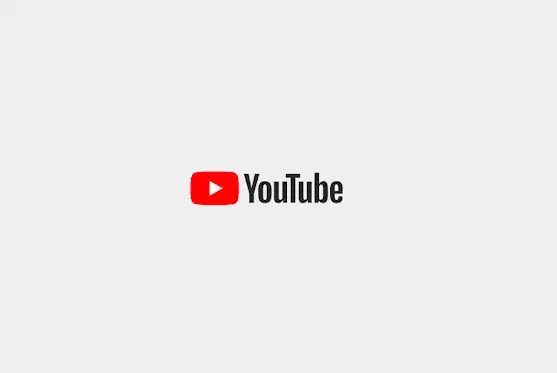

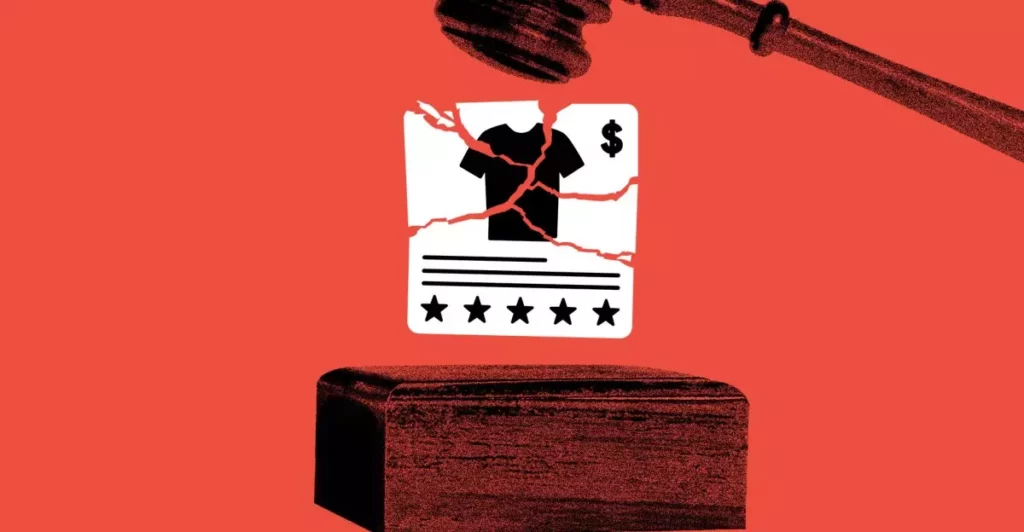

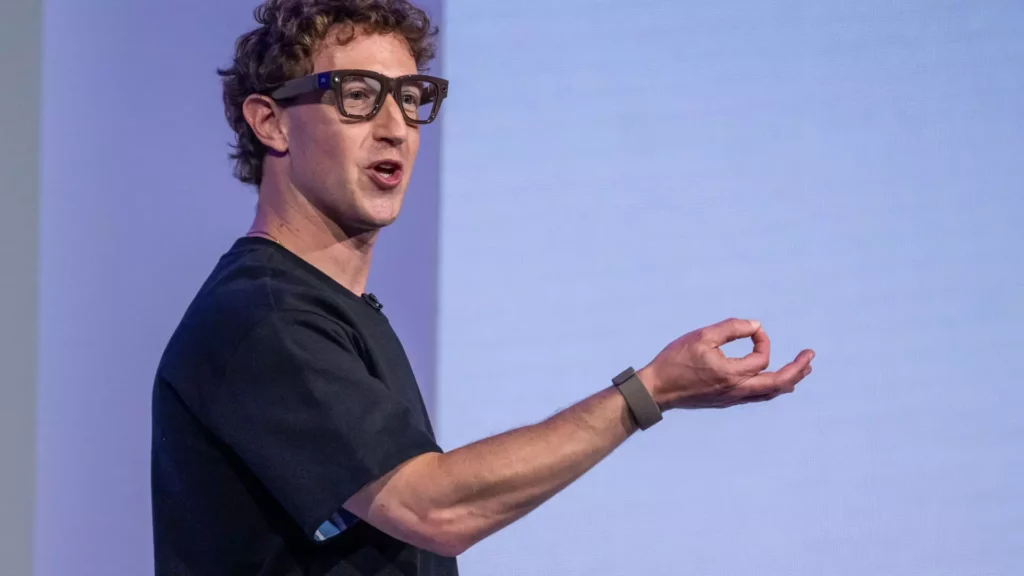

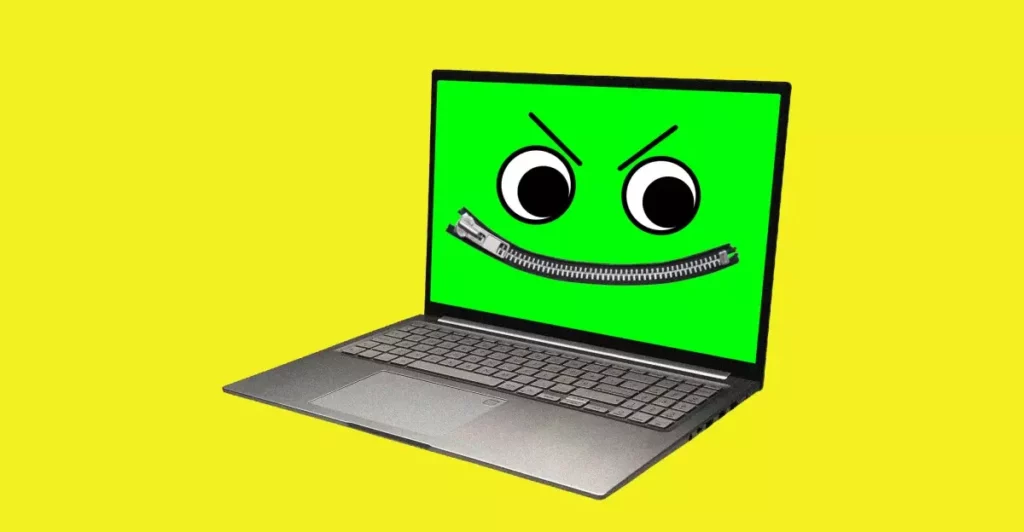
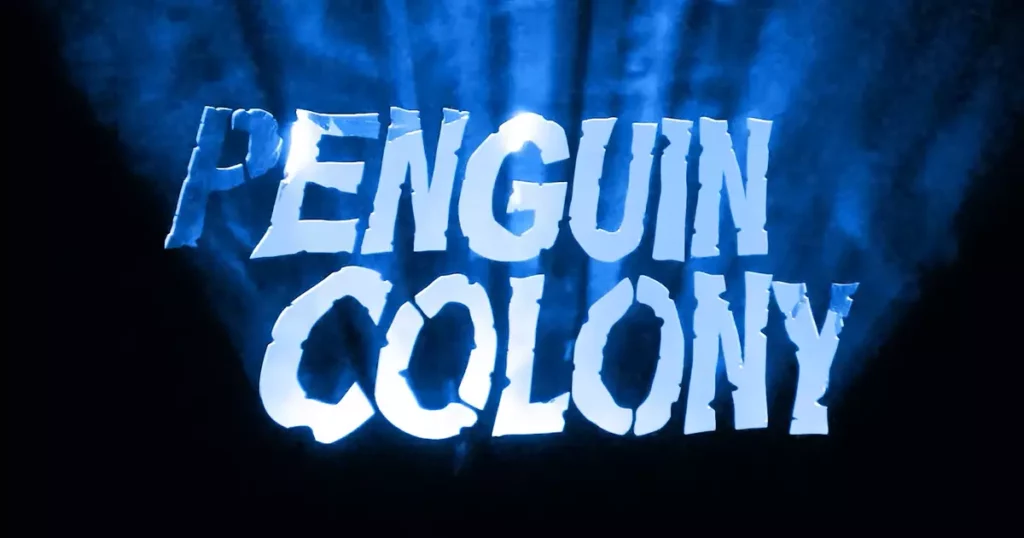
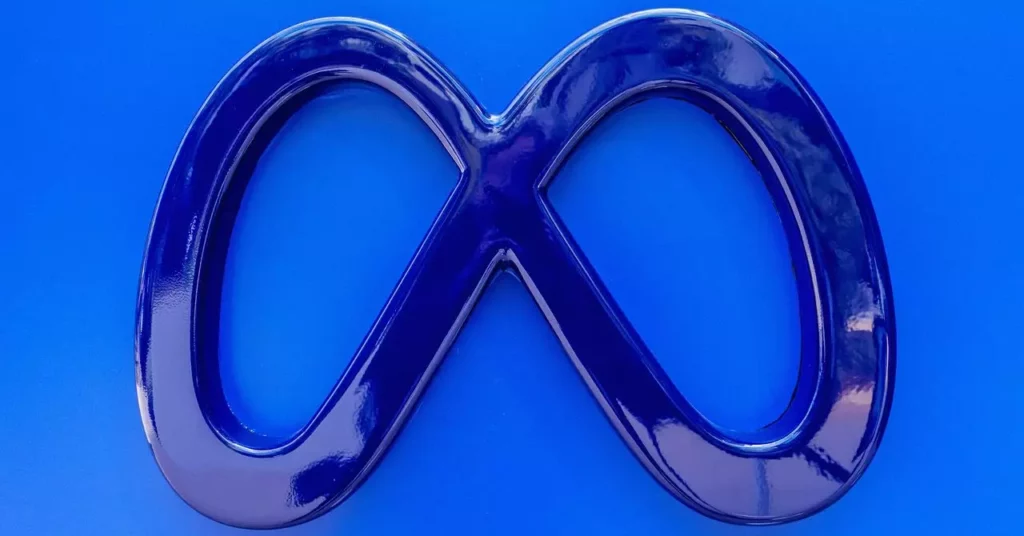
Leave a Reply